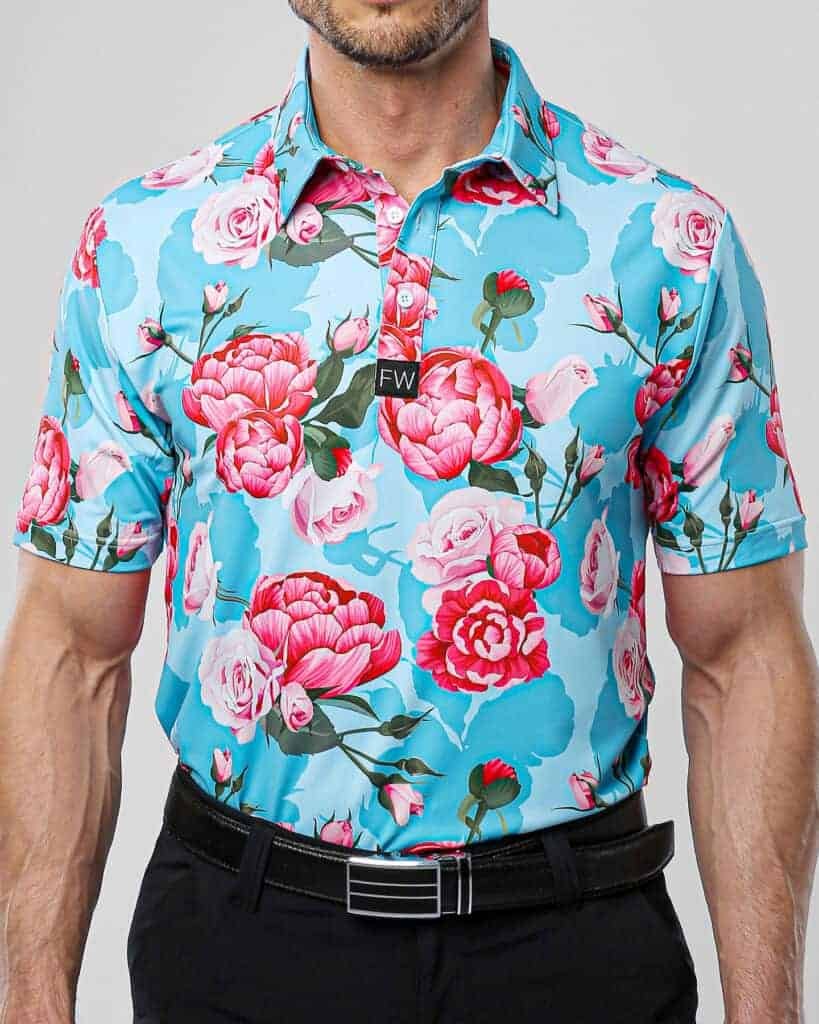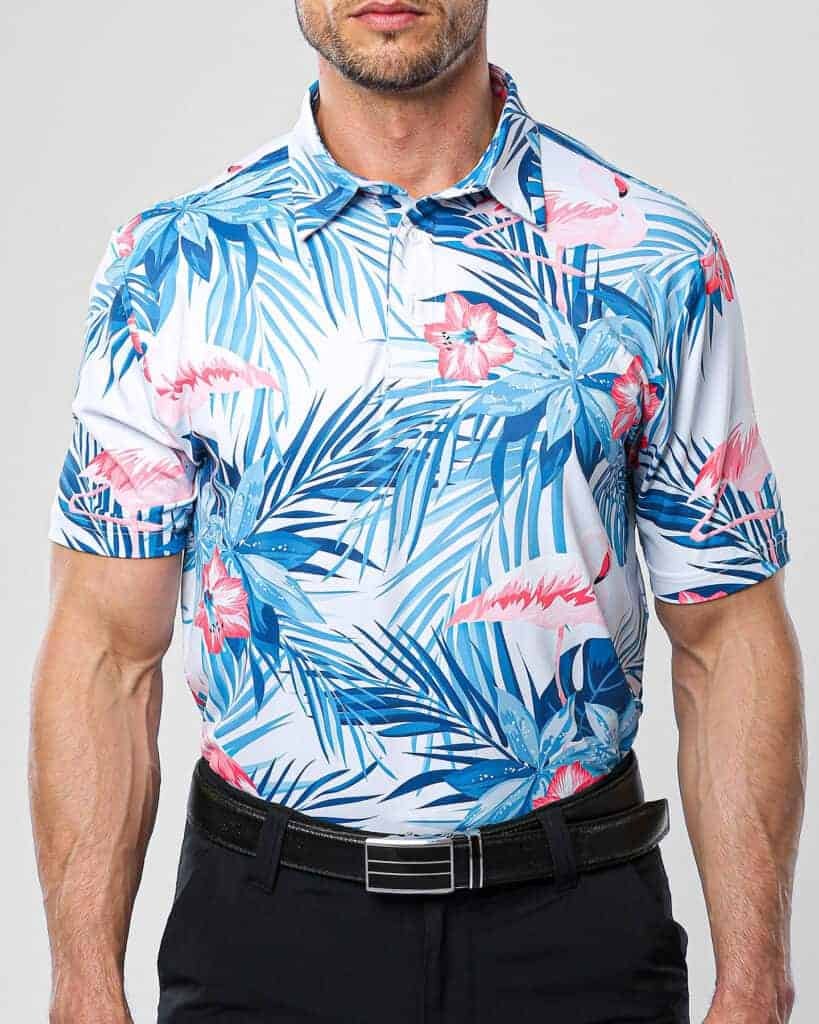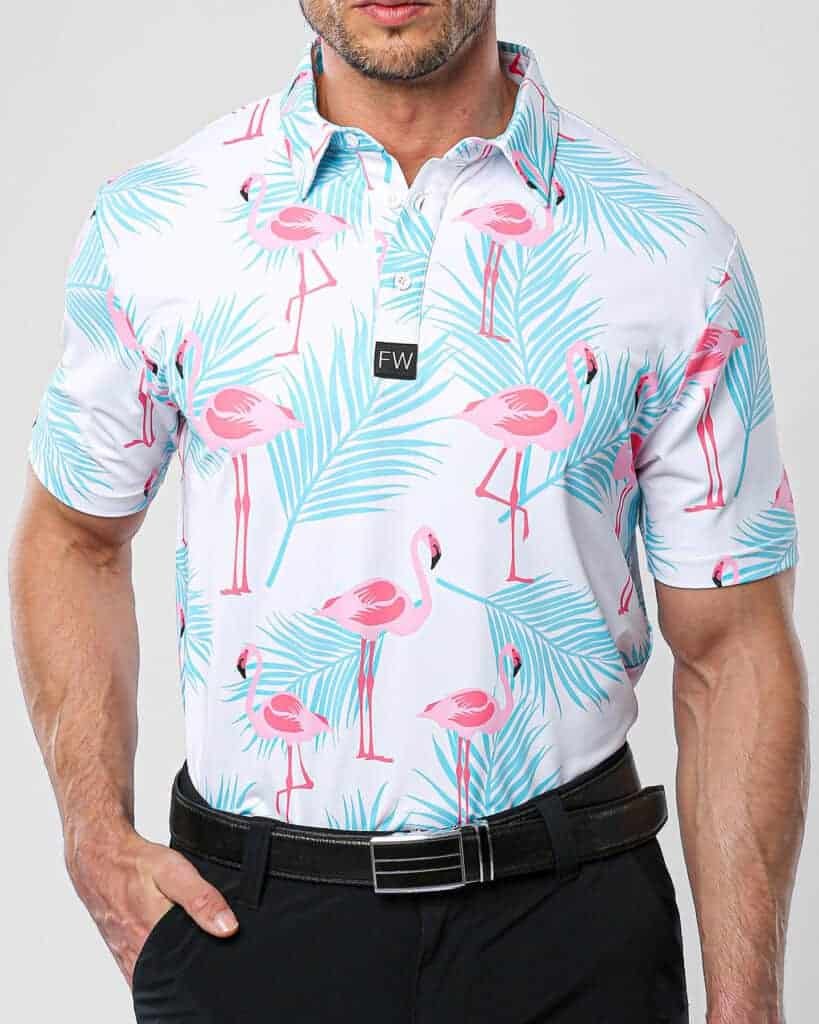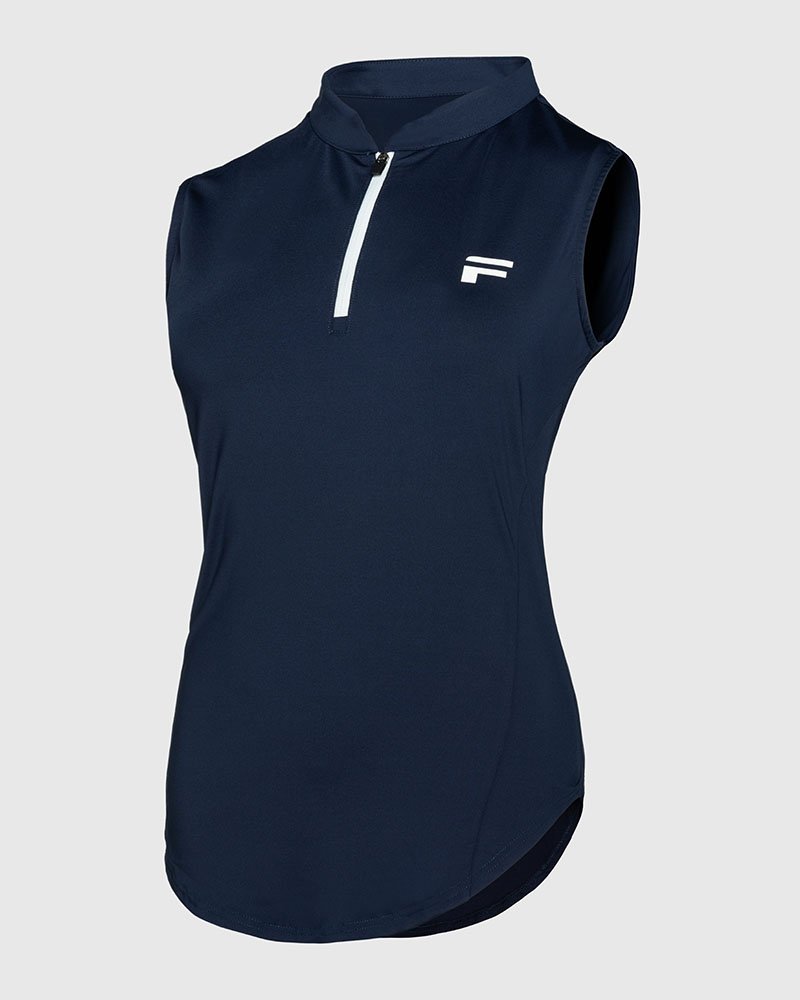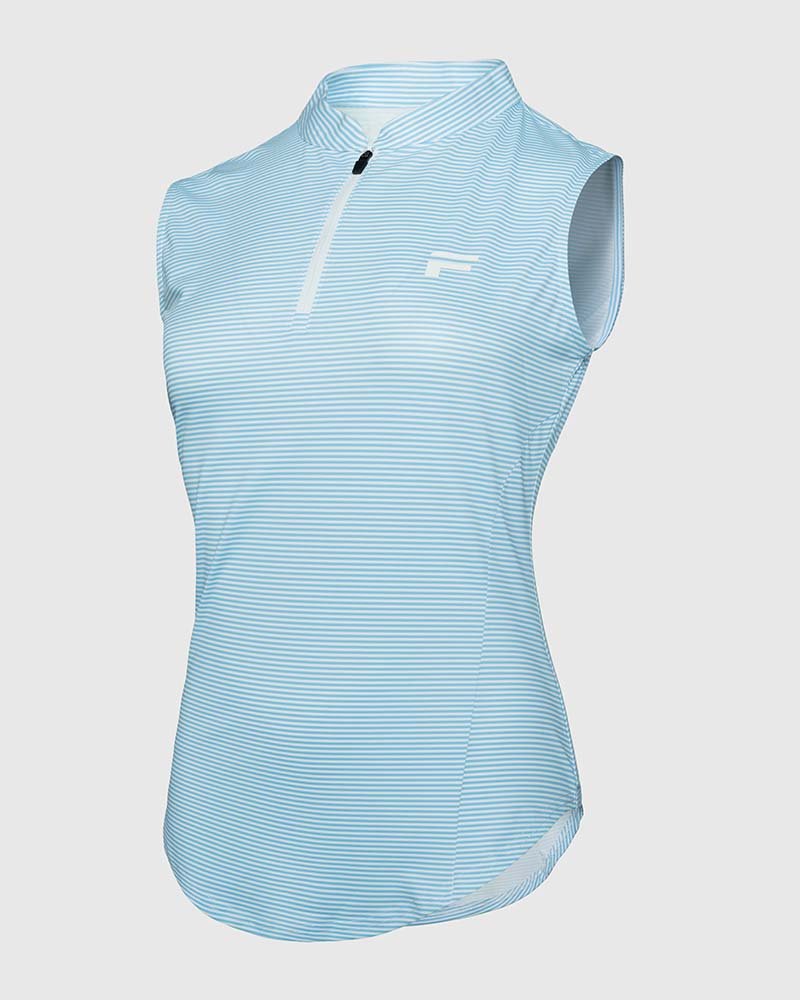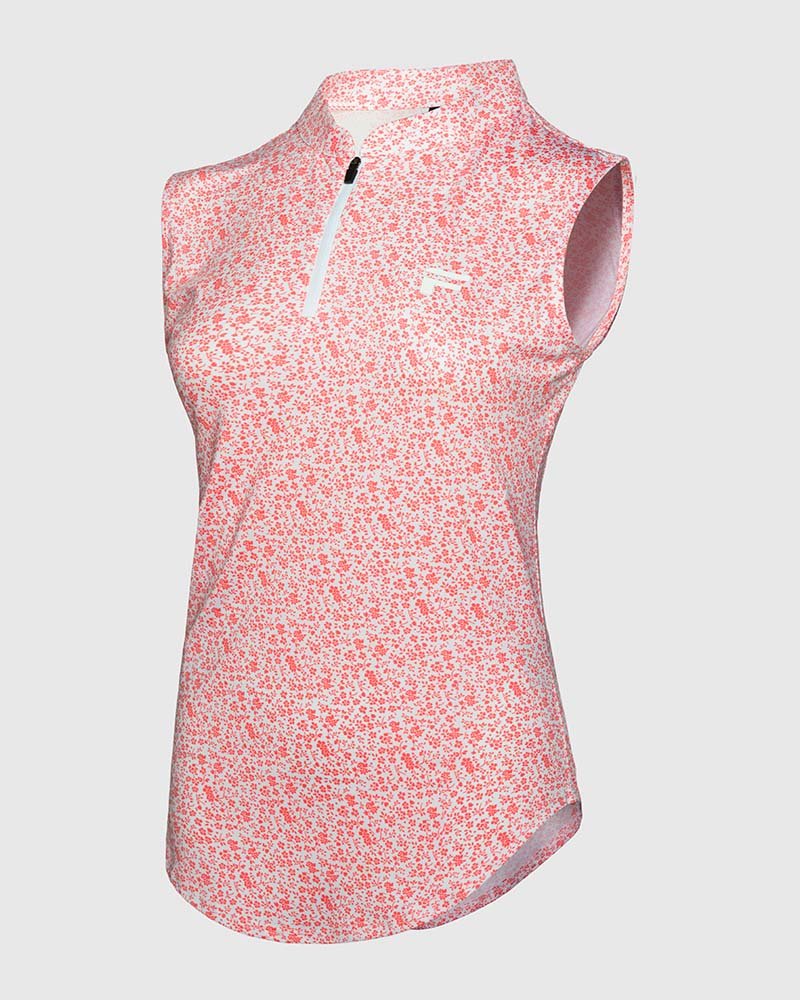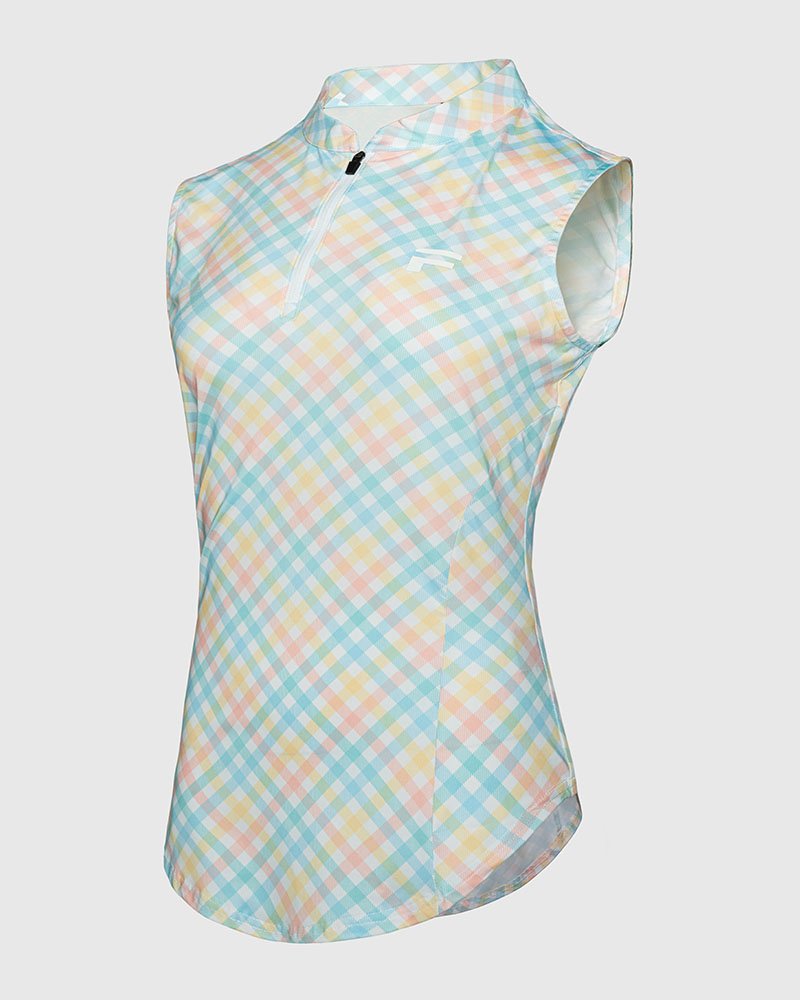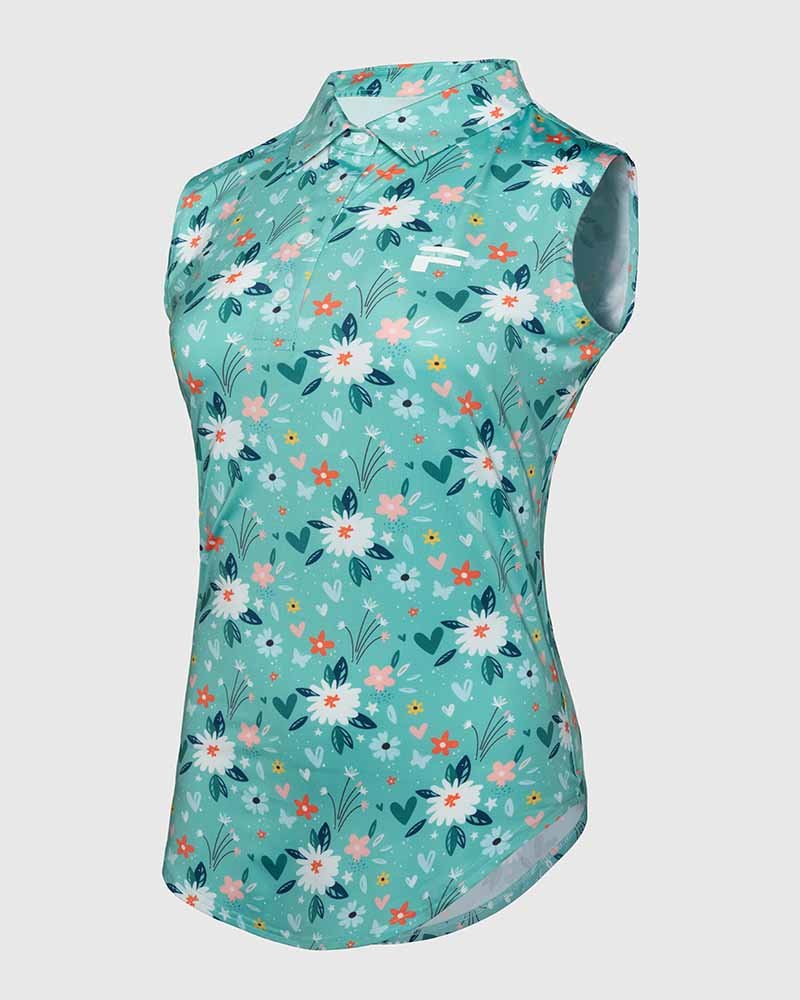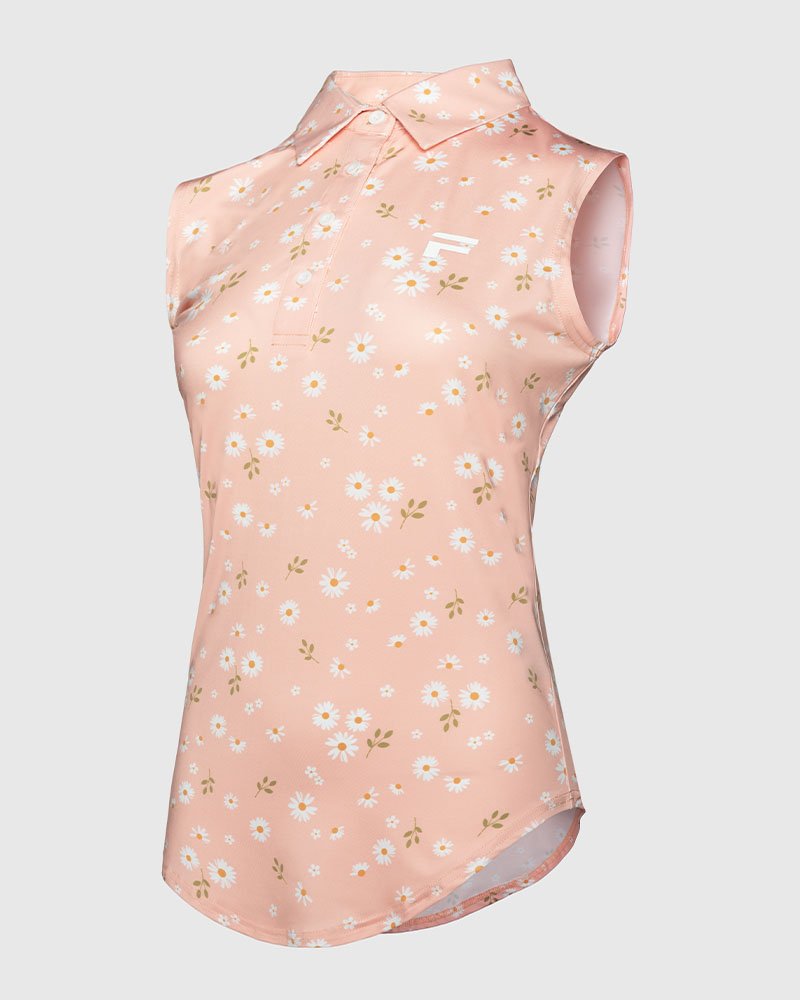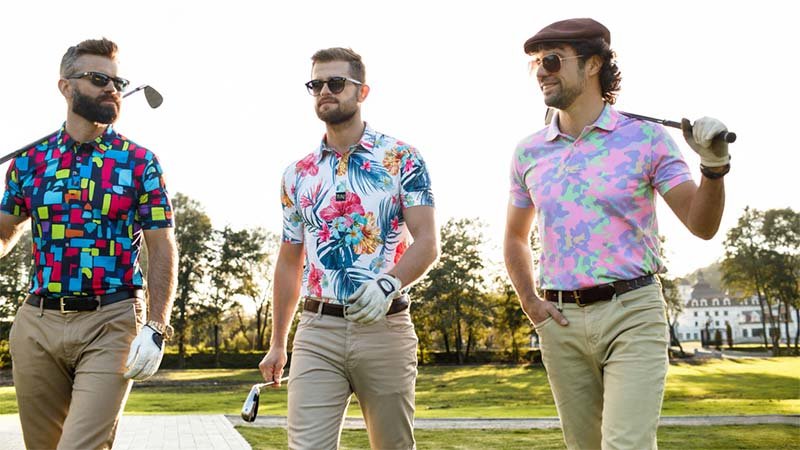Are you planning your next collection? The golf apparel market is changing fast. Staying ahead of trends is key to success and avoiding unsold inventory.
In 2025, focus on four key trends: sustainable materials, versatile "athleisure" designs for on and off the course, advanced performance fabrics with features like UV protection, and expressive, bold patterns. These trends reflect a modern, lifestyle-focused golfer.

I've spent years in this industry, from working in a small textile factory to helping brands grow. I have seen many trends come and go. These upcoming shifts are more than just fads. They represent a real change in what golfers want. Let's break down what you need to know to build a successful brand.
How is sustainability changing golf apparel?
Are your customers asking about eco-friendly options? Brands ignoring sustainability risk being left behind. Offering greener products can be a major selling point for modern consumers.
Sustainability is a must-have, not just a nice-to-have. It means using recycled polyester and organic cotton. It also involves transparent, ethical manufacturing processes. This appeals to younger golfers who care about the environment and want to support responsible brands.
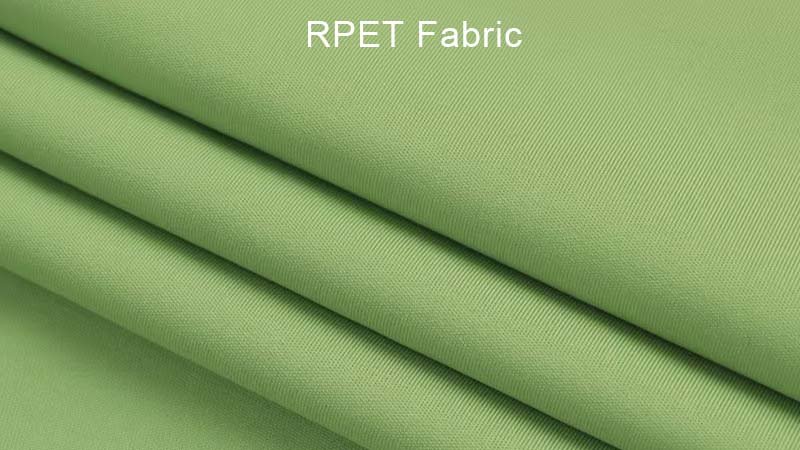
I remember when "performance" was the only thing that mattered. Now, I talk to brand owners like you every day, and the conversation has shifted. Golf is played in beautiful, natural settings. It only makes sense that the players want to protect those environments. This isn't just a marketing angle; it's a core value for a growing number of consumers. For a new brand, building on a foundation of sustainability can create a very loyal customer base. It shows you care about more than just profits.
Eco-Friendly Material Choices
Choosing the right material is your first step. Many traditional fabrics have sustainable alternatives that offer the same or even better performance. For my own clients, I often recommend starting with recycled polyester, as it directly addresses plastic waste without sacrificing the feel golfers are used to.
| Material | Traditional Option | Sustainable Alternative & Benefit |
|---|---|---|
| Polyester | Virgin Polyester | Recycled Polyester (rPET) - Reduces plastic waste. |
| Cotton | Conventional Cotton | Organic Cotton - Uses less water and no pesticides. |
| Spandex | Virgin Spandex | Recycled Spandex - Lowers reliance on virgin synthetics. |
The Manufacturing Impact
A sustainable product goes beyond the fabric. The manufacturing process itself matters. You should ask potential partners about their water usage, dyeing techniques, and waste management. Finding a manufacturer who is transparent about their practices is crucial. It protects your brand's reputation and ensures you are truly building an eco-conscious product from start to finish.
Why are on-and-off-course styles becoming so popular?
Are your designs limited to just the fairway? Golfers today want clothes that fit their entire lifestyle. Single-use apparel is becoming a thing of the past.
The modern golfer wants value and versatility. They want a hoodie, a polo, or a pair of pants they can wear for their round, then to lunch or while running errands. This "athleisure" trend blends performance features with casual, everyday style.

The days of strict country club dress codes are fading in many places. I've seen it myself. Golf is becoming more relaxed and inclusive. The new generation of players grew up with athleisure. They expect their clothes to be comfortable, stylish, and functional for more than one activity. If a customer can wear your $80 polo to the course, to the office, and out on a Saturday, its value instantly triples in their mind. This is a powerful way for a new brand to compete. You aren't just selling golf clothes; you're selling a versatile wardrobe staple.
Key Versatile Pieces for 2025
Some pieces translate from the course to the street better than others. When designing your collection, focus on these items.
- The Modern Golf Hoodie: Not the heavy cotton kind. Think lightweight, stretchy performance fabric with a clean design.
- The Quarter-Zip Pullover: A timeless piece. Use a premium fabric with a soft feel, and it becomes a go-to layer for any occasion.
- The 5-Pocket Pant: Looks like a classic chino but is made from a technical stretch fabric. It's the ultimate versatile bottom.
Designing for a Lifestyle
Small details can make a big difference in versatility. It’s about adapting classic golf silhouettes for a modern look.
| Garment | Traditional Design | Versatile Adaptation |
|---|---|---|
| Polo Shirt | Long, pointed collar. Loose fit. | Blade or self-fabric collar. Tailored fit. |
| Pants | Pleated, classic fit. | Flat front, slim or tapered fit. |
| Outerwear | Obvious logos. "Swishy" fabrics. | Minimal branding. Soft, quiet fabrics. |
What new fabric technologies are essential for 2025?
Is your fabric tech outdated? Basic moisture-wicking is not enough anymore. Players expect their clothing to perform at a higher level, protecting them and making them more comfortable.
Beyond moisture-wicking, 2025's essential fabric tech includes UPF 50+ for sun protection, anti-odor treatments, and four-way stretch for unrestricted movement. Temperature-regulating yarns that cool or warm the body are also becoming a key differentiator for premium brands.

As someone who started in a textile factory, fabrics are my passion. This is where a brand can truly create a better product. A great design on a poor fabric will always fail. Golfers spend 4-5 hours under the sun, moving and sweating. The fabric is their first line of defense and comfort. When I help brands source materials, we go deep on these technologies. It’s not just about adding a feature to a list. It’s about solving real problems for the golfer: staying cool under pressure, not worrying about odor after a round, and swinging freely.
Beyond Basic Performance
You need to understand what these technologies actually do for your customer.
- UPF 50+: This is non-negotiable. It blocks over 98% of harmful UVA and UVB rays. It’s a health and safety feature.
- Anti-Odor: Fabrics are treated with antimicrobial agents (often silver-based) that prevent odor-causing bacteria from growing. This means the shirt stays fresh longer.
- Temperature Regulation: Some yarns have properties that pull heat away from the body (cooling) or retain it (warming). This provides active comfort no matter the weather.
Sourcing The Right Fabrics
When you talk to a manufacturer, you need to know what to ask for. Be specific. This ensures you get the performance you want to promise your customers.
| Technology | What it Does | Key Question for Manufacturer |
|---|---|---|
| Four-Way Stretch | Allows full range of motion. | "What is the spandex/elastane percentage?" (Aim for 8-15%) |
| Sun Protection | Blocks UV rays. | "Is this fabric rated UPF 50+ through testing?" |
| Odor Control | Prevents odor buildup. | "What type of anti-odor treatment do you use?" |
| Moisture-Wicking | Pulls sweat off the skin. | "Is the wicking yarn-level or a finish?" (Yarn-level is better) |
Are bold patterns and colors the future of golf fashion?
Does your collection look too traditional? Solid colors are safe, but they do not help a new brand stand out. Golfers are embracing more expressive and unique designs.
Yes, bold is in. Golfers are using their apparel to show personality. For 2025, think unique geometric patterns, modern floral prints, and vibrant color palettes. This allows smaller brands to create a distinct identity and capture attention in a crowded market.
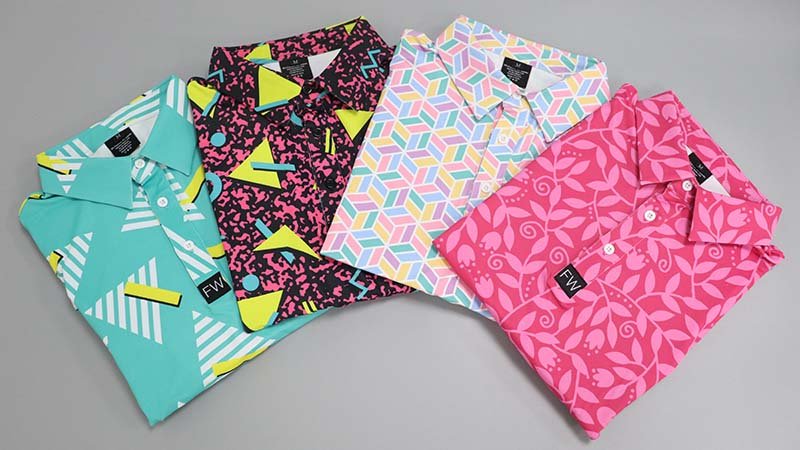
I've helped launch hundreds of custom designs for brands. The ones that get the most attention are the ones that are not afraid to be different. Golf is an individual sport. Players want to express themselves. A unique shirt is a conversation starter. For a new brand like yours, a signature pattern can become your calling card. It's what makes someone stop scrolling and click on your product. While you should always offer a few core solids, your prints are what will build brand recognition and excitement.
Finding Your Brand's Visual Voice
Not all patterns are the same. The key is to find a style that fits your brand's identity.
- Micro-Prints: Small, repeating icons or ditsy florals. They are subtle from a distance but show personality up close.
- Geometric Patterns: Modern, clean, and often visually striking. They can give your brand a high-end, technical feel.
- Abstract & Floral Prints: These are great for making a statement. They can be artistic and bold, perfect for a brand targeting a younger, fashion-forward golfer.
Customization is Key
Creating your own patterns is easier than you think. You do not need to order thousands of pieces. With the right manufacturing partner, you can bring your unique vision to life. This is where printing methods become important.
| Printing Method | Best For | Pros | Cons |
|---|---|---|---|
| Sublimation | All-over polyester prints. | Vivid colors, no texture, great durability. | Only works on light-colored polyester. |
| Screen Printing | Simple, bold graphics. | Cost-effective for large runs, durable. | Limited colors, not ideal for complex patterns. |
| Digital Printing (DTG) | Complex cotton prints. | Unlimited colors, great detail. | Less durable than other methods. |
For most performance golf polos, sublimation is the way to go. It allows for complete creative freedom and is perfect for the low MOQs (Minimum Order Quantities) that new brands need.
Conclusion
Staying ahead of these 2025 trends—sustainability, versatility, tech, and bold designs—is your roadmap. Embrace them to build a brand that today’s golfers will love and wear everywhere.



